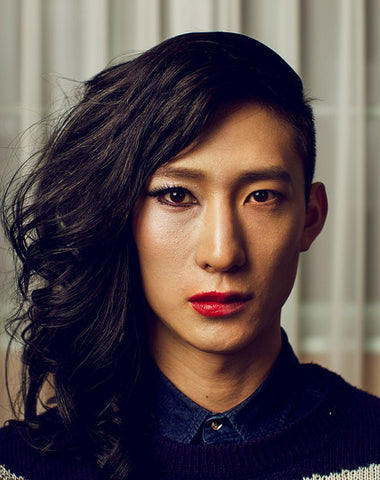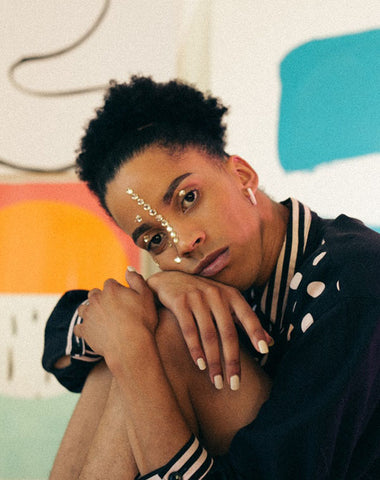Transsexual, Transgender and Intersex
Let’s talk about transsexuality, transgender and intersex people because it is about time to end phobia and discriminations.

The society in which we have grown has traditionally been binary in terms of sexuality and gender. Diversity in terms of sexual orientation and gender identity has always existed.
However, due to many social changes happening over the last 30 years, the heteronormativity regarding sexual orientation broke down, as well as the need to change the man-woman binary gender stereotypes.
There is a need for change in relation to what we believe a man is and should be, and what a woman is and should be. Disseminating the culture of gender equality and promoting the overcoming of gender stereotypes at all levels is not an easy task, but it is a tangible social need. In order to do this, I always recommend going back to the basics, to the concepts. Therefore, let’s review each of them.
Sexual Orientation and Gender Identity
First, sexual orientation and gender identity are two different topics closely related to sexual behaviour. Sexual orientation is the long-lasting emotional, romantic and sexual attraction to others. Sexual orientation exists along the continuum that goes from exclusive heterosexuality to exclusive homosexuality and even includes several forms of bisexuality.
Bisexual people may experience sexual, emotional and romantic attraction to people of the same sex and the opposite sex. People with a homosexual orientation, i.e. attracted to the same sex, are sometimes called gay (both men and women) or lesbians (only women).
On the other hand, gender identity refers to the subjective perception that an individual has about itself in terms of its own gender (male-female), which may or may not match its physical sexual characteristics. Those whose identity matches their gender, for example a woman who feels good as a woman, are known as Cisgender.

The word transgender is frequently used to describe people with dysphoria or gender identity disorder but, we can also find the term transsexual. A transgender man is a person who is born as a woman but who identifies himself as a man. On the other hand, a transgender woman is a person who is born as a man but identifies herself as a woman. Many transgender people begin to feel a gender mismatch or imbalance in their childhood. For others, their identity becomes clearer as they become adults.
Gender expression refers to how a person communicates its gender identity to others through behaviour, clothing, hairstyles, voice or body characteristics.
Within this range of possibilities, there is the heterosexual cisgender man, who is sexually attracted to women and can establish an erotic and romantic bond with a woman. In the case of a homosexual cisgender woman, she can establish an erotic-sexual and romantic bond with another woman.
Other possibilities include: a transgender man (born as a woman but identifies as a man) who feels attracted romantically and sexually to a man, thus identifying as heterosexual. If the attraction was directed towards a woman, this individual would be a transgender homosexual man. A transgender person may be gay, lesbian, heterosexual, or bisexual, as well as a cisgender person.

Personally, once gender dysphoria manifests in an individual and the person takes the step to identify itself as the gender of its preference, I don’t agree with the idea of still referring to that person as a transgender man or woman.
A “surname” is not added to cisgender people, for example. I believe it has a value in terms of clinical evaluation and perhaps for medical purposes if someone decides to express its identity through physical changes (we’ll get into that subject in another post), but my perception is that socially, this label perpetuates the gap and the non-inclusion.
________________________________________________________________
You may also like: Gender Dysphoria
________________________________________________________________
Intersex
Finally, intersex has nothing to do with this, as it refers to a person who is born with a combination of male and female biological as well as chromosomal and/or genital characteristics, which can prevent physicians from assigning a distinctively male or female gender at the time of birth.
In 2013, Germany became the first European country to include in its legislation what is known as the third gender, or undetermined gender. This decision was made to reduce the pressure put on parents who are rushed to choose which gender should the baby have in the delivery room, immediately after birth, and provides the possibility for those individuals with undetermined gender to choose later, in adulthood, whether they want to be classified under the male or female category.
If we conceptualise, we can understand reality and take the single and collective responsibility to include everyone in our society, with no judgment, since as we have seen, our society is anything but binary!

